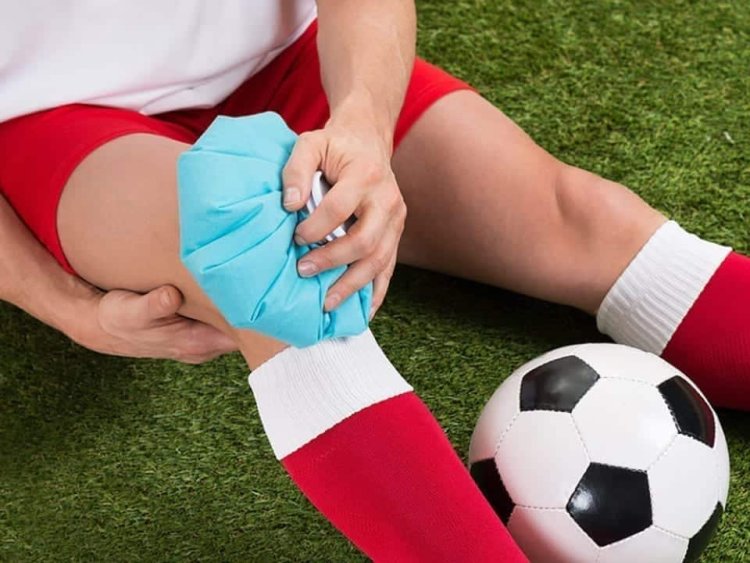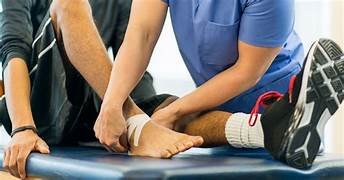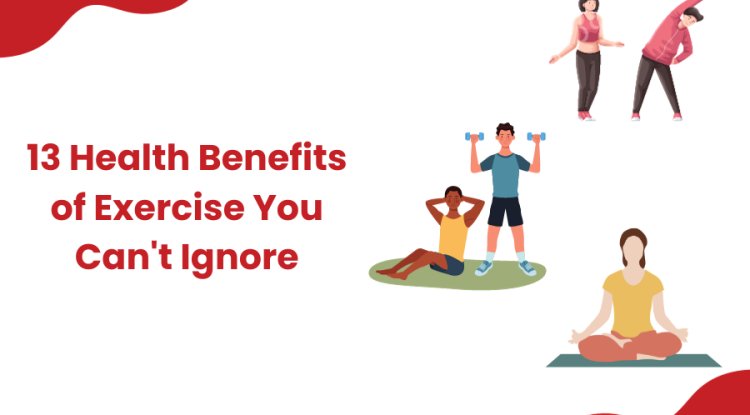Winning Techniques: Orthopedic Care for Sports Injuries Prevention and Recovery

Sports injuries are an unlucky fact of life for athletes and can keep even the most experienced competitors out of action. Sportsmen can reduce their chance of injuries and recover from them stronger than before, though, if they take the proper precautions. Sports injuries are both prevented and treated in large part by orthopedic care, which also provides ways to keep players in the game.
This blog will give doable advice for sportsmen to avoid injuries and successfully negotiate the orthopedic care recovery process.
Sports Injury Prevention
When it comes to sports injuries, prevention is everything. Sportsmen might lessen their chance of becoming injured by using the following tactics:
- Warm-Up and Cool Down: Athletes should warm up dynamically before commencing physical activity to get their bodies ready for movement and lower their chance of strains and sprains. In a same vein, static stretches as a cool-down after exercise can help avoid tightness and increase flexibility.
- Correct Technique and Form: In both training and competition, athletes should give correct technique and form top priority. Using proper body mechanics, keeping good posture, and consulting coaches or trainers can all help to guarantee that exercises are carried out safely and effectively.
- Strength and Conditioning : Including strength and conditioning exercises into training plans can assist increase muscle strength, endurance, and stability while lowering the chance of ailments including ligament tears and muscle strains.
- Cross-Training : Adding cross-training exercises to sessions can help avoid overuse injuries and increase general fitness. Through participation in exercises that work various muscle groups and movement patterns, athletes can develop a more robust and balanced body.
- Proper Equipment and Gear : During physical exercise, using the right shoes, protective gear, and equipment made for the particular sport can assist avoid injuries and offer support and stability.

Using Orthopedic Care to Heal Sports Injuries
Sports injuries can happen despite greatest efforts at prevention. Effective recovery from injuries does require timely and suitable orthopedic care when they do occur. Sportsmen recovering from injuries should follow these important tips:
1.Early Intervention : As soon as you become hurt, get medical attention and care. Accurate diagnosis of the injury and development of a customized treatment plan catered to the athlete's needs are possible by orthopedic specialists.
- Rest and Rehabilitation : Do as your healthcare professional advises with regard to rest, activity modification, and rehabilitation activities. Lessening the chance of re-injury, physical therapy and rehabilitation programs can assist regain strength, flexibility, and range of motion.
- Orthopedic treatments : Sometimes repairing injured tissues and restoring function requires orthopedic treatments like arthroscopic surgery, fracture repair, or ligament restoration. When at all feasible, orthopedic surgeons adopt minimally invasive procedures to promote quicker healing and reduce scarring.
- Gradual Return to exercise: Once a medical professional gives the all-clear, gradually resume physical exercise and sports-specific instruction. The body needs time to adjust and heal, hence progression should be slow to reduce the possibility of making the injury worse.
- Long-Term Injury Prevention : To lower the possibility of future injuries, including injury prevention techniques into training regimens. This can entail continual strength and conditioning training, instruction in correct technique, and routine biomechanics and movement pattern monitoring.
CONCLUSION
Although sports injuries are widespread among athletes, they can be lessened and athletes can resume their best performance with the help of good orthopedic care and proactive preventive measures. Athletes can maintain their health, resilience, and competitiveness in their chosen sports by giving good warm-up and technique, strength training, and wearing the right equipment first priority. Remaining injury-free and giving your best effort is well worth the continual work involved in injury prevention and recovery.
What's Your Reaction?



















